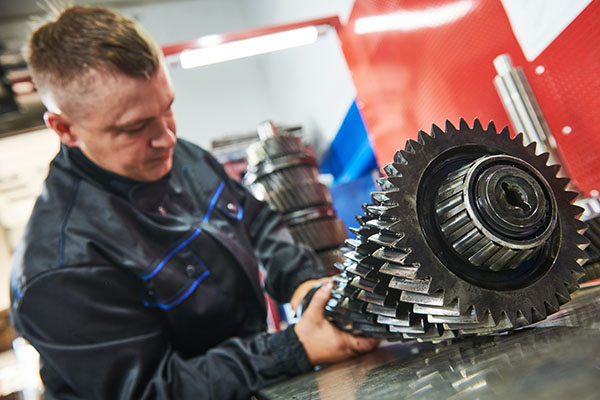
Transmissions, transmissions, transmissions! They are one of the most important components of the car. But if they are so important, isn't it good to know a little bit about how they are repaired and how they actually work? Well, if you want to find out, continue reading!
Transmission Repairs Explained
When transmission problems arise, it's essential to seek professional help from a certified technician. The repair process typically involves:
- Diagnostic assessment: Technicians use specialized equipment to diagnose the issue, which may include a computerized scan of the transmission system.
- Repair or replacement: Depending on the problem, repairs may involve fixing or replacing faulty components such as solenoids, seals, clutches, or torque converters.
- Fluid flush: If necessary, the old transmission fluid will be drained, and new fluid will be added to ensure optimal performance.
- Reassembly and testing: After repairs, the transmission is reassembled, and the vehicle undergoes thorough testing to ensure proper functioning.
What Does The Transmission Do?
Simply put, the transmission transfers power from the engine to the wheels in a certain amount. When the driver needs a lower speed, a lower gear is engaged allowing for more control over the vehicle. On the other hand, when going on a highway, higher gears are used to maximize output and speed. There are two main types of transmission - manual and automatic - each with its pros and cons.
How Do I Know When To Repair My Transmission?
Recognizing the signs of transmission issues is key to addressing problems early on. There are a few more noticeable ones which we will list down below. Keep in mind that they can be related to other parts and systems as well.
- Slipping gears: Your vehicle may unexpectedly shift gears or have difficulty staying in the selected gear.
- Delayed engagement: You may experience a delay when shifting into drive or reverse.
- Rough shifting: The transition between gears may feel rough, jerky, or accompanied by unusual noises.
- Leaking fluid: Transmission fluid leaks can be identified by red or brown puddles under your vehicle.
- Burning smell: A burning odor may indicate overheating transmission fluid.
One of our specialties is transmission repairs and general maintenance, so if you are in the search for that, contact us at A Plus Automotive!